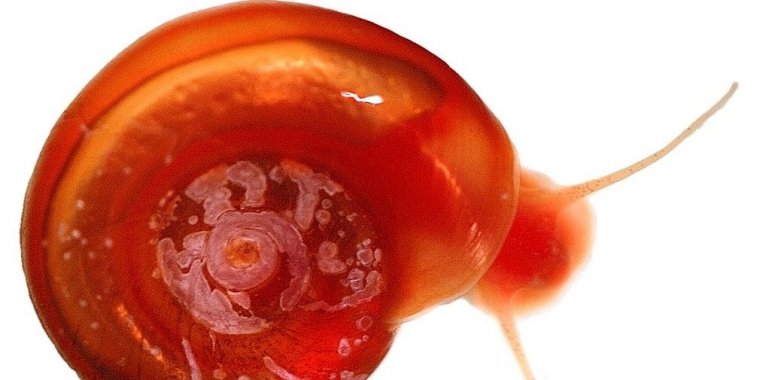| News / Science News |
Scientists sequence genome of snail linked to schistosomiasis
A group of 118 researchers from 11 countries—15 of whom from Brazil—working at the Oswaldo Cruz Foundation in Minas Gerais (Fiocruz Minas), finished sequencing the genome of the Biomphalaria glabrata, the snail that acts as the intermediary host to the worm that causes schistosomiasis. The disease afflicts some 240 million people across the globe.
This snail species is nature's best host and can be found everywhere in Brazil where schistosomiasis is reported, due to its distribution and susceptibility to the parasite.
Making its genome available to the scientific community will help researchers work with the genes in this genome and control the snail, so it can become resistant to the infection of the Schistosoma mansoni, which carries the disease.
Any researcher in the world may now have access to the sequenced genome of this snail and use it in other research studies. (Agência Brasil)
YOU MAY ALSO LIKE






